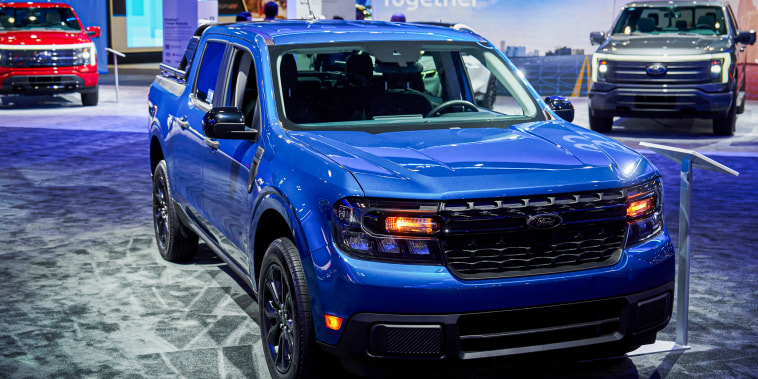As one of the industry’s leading auto manufacturers, Ford has recently announced a strategic shift in its plans towards electric vehicle (EV) production. Instead of the previously stated goal of producing an all-electric SUV – touted to be Ford’s next colossal step into the green revolution – the company now intends to prioritize a different eco-friendly approach: designing, manufacturing, and offering hybrid vehicles across its lineup by 2030. This new pathway will incorporate traditional fuel systems with electron-powered propulsion, providing a bridge from gasoline-dependent cars to fully electric vehicles.
The driving force behind this strategic realignment is multifold. On a macroeconomic level, the global pandemic has wrought significant disruptions in supply chains, specifically affecting the availability of essential components such as EV batteries. With hybrid vehicles relying less on electricity and more on existing internal combustion engine technology, Ford can continue to push forward towards greener products without being as severely burdened by these supply issues.
Another critical factor influencing this shift is the evolving perception and acceptance of electrified vehicles amongst consumers. Ford’s research and market studies indicate that while many consumers are ready to embrace greener options, they aren’t necessarily ready for the compromises that currently come with owning a fully electric vehicle, such as range anxiety and lack of charging infrastructure. By focusing on hybrids, Ford allows its customers to gradually adjust to this change, experiences fewer inconveniences, and becomes progressively educated and accustomed to an electrified driving experience.
From a product strategy viewpoint, Ford’s path towards a comprehensive lineup of hybrid vehicles by 2030 also allows the company to cater to a broader range of customer preferences and needs. With hybrid models, Ford can take advantage of the strengths of both its traditional internal combustion engines and electric motor technologies. As a result, customers are provided with a seamless transition that offers increased fuel efficiency and a cleaner, quieter ride without sacrificing the power and driving range they are accustomed to.
Technological capabilities are an additional compelling rationale for Ford’s strategic shift towards hybrid vehicles across its lineup. Ford’s hybrid technology is currently more mature and well-developed than their fully-electric technology, permitting the company to leverage its existing strengths. This implies that Ford can roll out a fleet of reliable and performance-oriented hybrid vehicles faster and more efficiently than it would take to develop, test, and produce fully electric vehicles.
According to experts, Ford’s decision to delay its all-electric SUV and instead focus on offering hybrid vehicles across its lineup could mean an overall positive transition for consumers, the company, and the environment. With the hybrid bridge strategy, Ford anticipates it can reduce carbon emissions more quickly while offering affordable electrified vehicle options that meet diverse customer preferences and needs.
In conclusion, Ford’s shift in strategy towards a fully electrified lineup reflects the ongoing evolution of the global automotive industry. By prioritizing hybrid technology, Ford establishes a roadmap that balances meeting environmental goals, managing supply chain disruptions, accommodating customer preferences, and staying competitive in an industry that continues to evolve towards sustainability.




